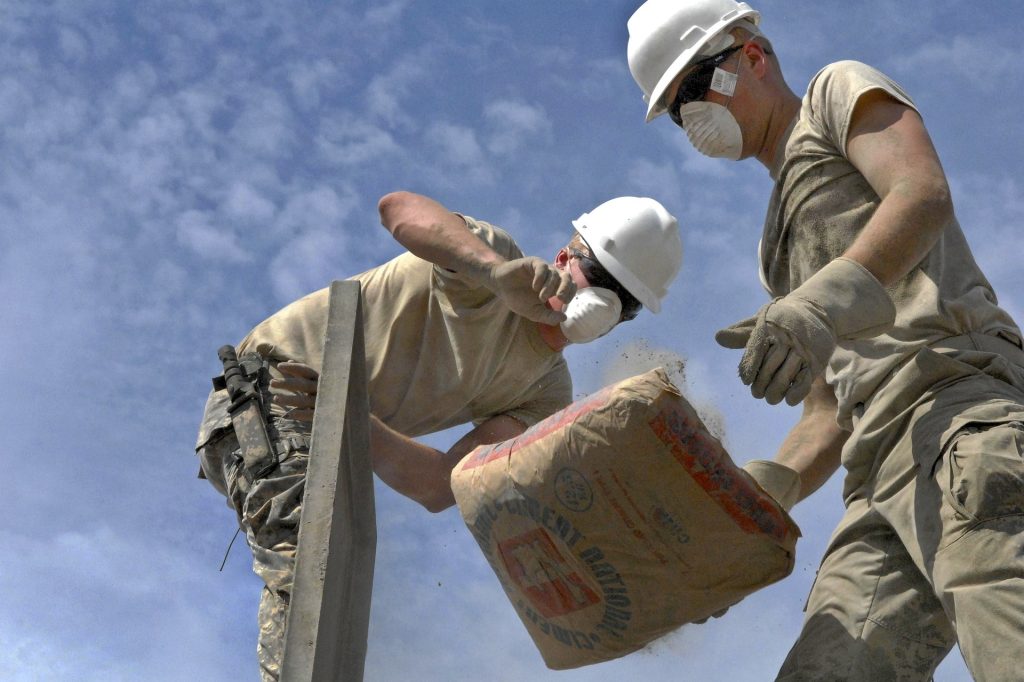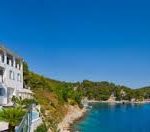ZAGREB, Sept 15, 2020 – Croatia and Malta are the two EU countries that saw the weakest growth of hourly labor costs in the second quarter of this year, many times lower than the EU average, which was supported by a strong increase in wage costs, shows a report from the EU’s statistical office Eurostat.
In the EU27, working day-adjusted hourly labor costs grew by 4.1% in Q2 compared to the same period of last year. In Q4 2019, they grew by 3.9%.
In the euro area, hourly labor costs in Q2 grew by 4.2%, after a 3.7% increase in the previous three months.
Wage costs in both the EU and the euro area grew more strongly than in Q1 despite measures introduced to contain the coronavirus. In the EU they grew by 5.3%, after a 4.1% increase in Q1, while in the euro area they rose by 5.2%, after a 3.9% increase in Q1.
In both the EU and the euro area, the increase in hourly wage costs indicates that the decrease in the number of hours worked, due to the COVID-19 crisis, was not fully compensated by a matching decrease in wages, says Eurostat.
This increase in hourly wage costs was partly compensated by the moderate increase in the non-wage component, due to tax reliefs and subsidies introduced by EU governments to support enterprises affected by the crisis.
Hourly labor costs in the EU grew the most in the services sector, by 4.3%, followed by industry and construction, where they grew by 3.9% and 2.3% respectively.
In the euro area, the services sector saw the strongest increase in total labor costs, of 4.4%, followed by industry, with an increase of 3.8%, and construction, with a 2.8% increase.
Labor costs grow least in Malta, Croatia
Of the EU countries for which data was available, Romania saw the strongest increase in hourly labor costs in Q2, of 16.1%, almost twice as high as in Q1.
Croatia and Malta saw the weakest growth in hourly labor costs, of 0.7% and 0.8% respectively. In Q1 hourly labor costs in Croatia grew by 0.6%.
Wage costs in Croatia grew by 1.5% n the period from April to June, almost the same rate as in Q1. The cost of contributions dropped by 3.9%, after a 4.2% decline in Q1.
The largest drop in hourly labor costs in the EU in Q2 was reported by Cyprus, of 8.6%, followed by Ireland, with a drop of 3.3%.
For the latest travel info, bookmark our main travel info article, which is updated daily.
Read the Croatian Travel Update in your language – now available in 24 languages
Join the Total Croatia Travel INFO Viber community.










